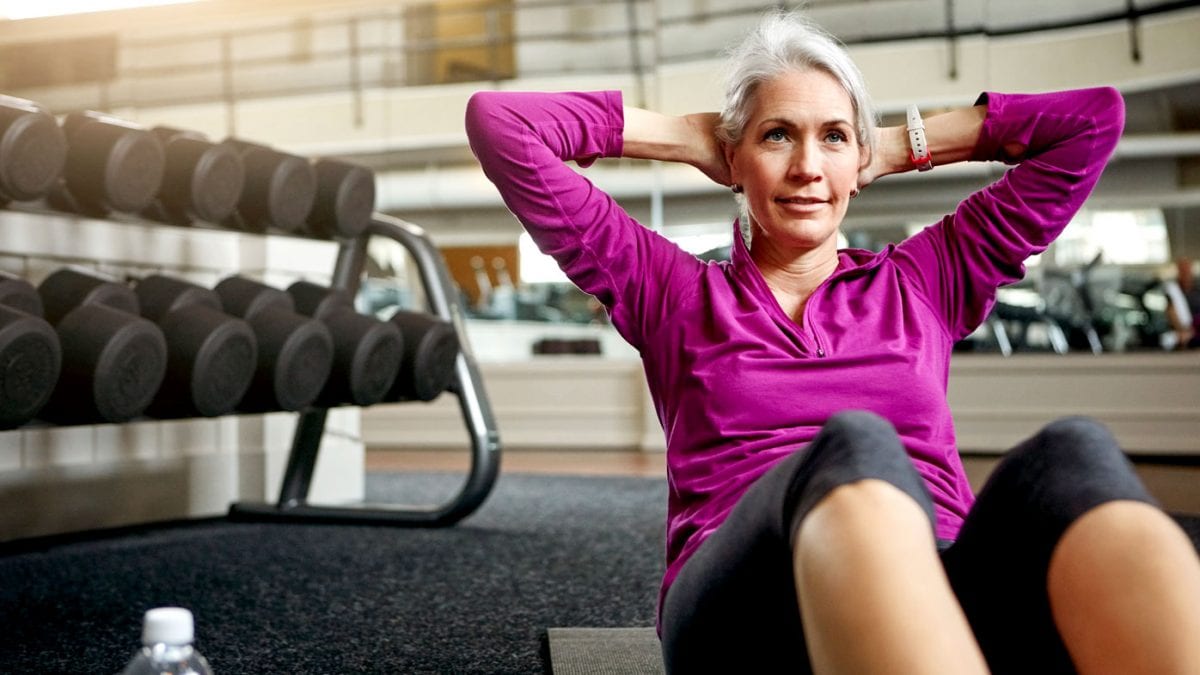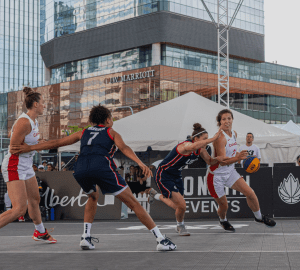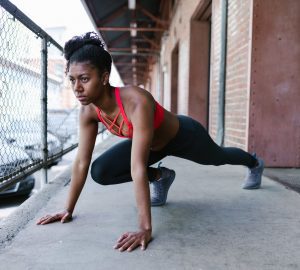Women are increasingly recognizing the significance of incorporating targeted exercises into their routines. The intersection of fitness, strength, and empowerment has inspired a shift from conventional workout norms, prompting a surge in the popularity of customized exercises for women. From enhancing physical resilience to fostering mental and emotional balance, the benefits are manifold. This article aims to explore the diverse realm of exercises tailored to meet the unique needs and goals of women. Whether you’re a seasoned fitness enthusiast or just beginning your wellness journey, join us on a quest to discover exercises that not only sculpt the body but also empower the spirit. It’s time to embrace a fitness routine that celebrates the strength, grace, and vitality inherent in every woman.
We will not be forever in our flexible teenage years that can get away with minimal effort. Experts say you need more, especially in terms of strength training, and so today we bring you some tips on what kind of workout routine would be optimal in your 20s, 30s, 40s, and even later on.
How do you need to exercise in your 20s?
This is the time for setting up an explicit exercise routine and making yourself stick to it. It will make it much easier for you to stay committed to your activity routine in the later years. Professional trainers recommend that you take this time to build your bones density and muscle mass.
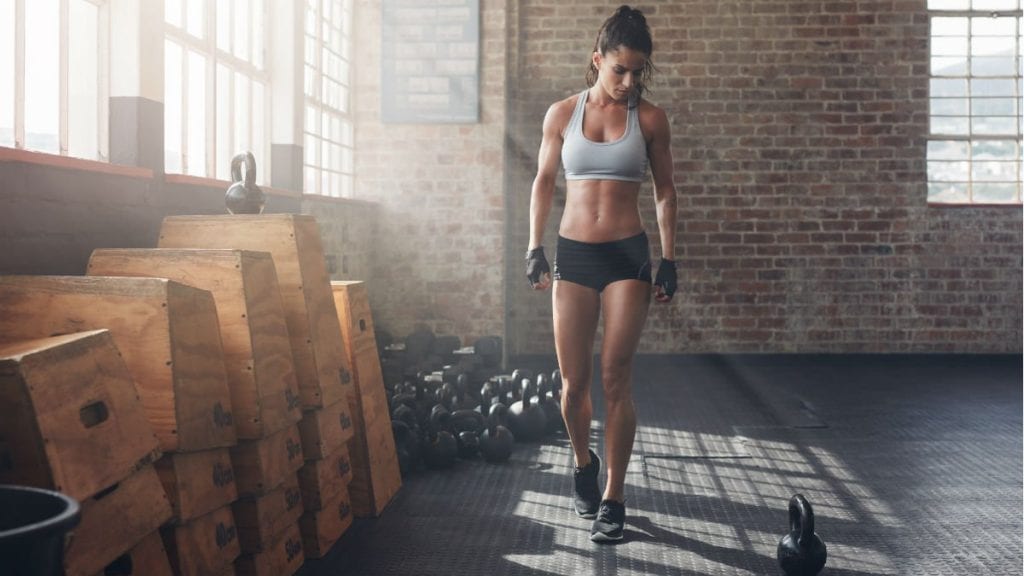
This type of targeted training will help reduce your chances of developing osteoporosis and a whole host of other issues that coming with losing your muscles. Moreover, aim to strengthen your gluteus muscles, the hips, and the inner knee muscle. Keeping them in shape helps to counteract the female proneness to knee and hip injuries.
The exercises which will help you in achieving these goals are those that make you employ multiple joints at once, such as push-ups, squats, and lunges. Also consider doing side leg lifts, bridges, clams, and the single leg hip hinge.
How do you need to exercise in your 30s?
In welcoming this middle point decade, you need to shift your focus to the interval training format. Intervals on any type of cardio equipment are your friends now. However, the primary goal here should be to strengthen your pelvic floor. If you want to learn more about what the pelvic floor is and why it is important, this link is a good place to start.
You may be thinking that, in your 30s you will not really have the time or energy for adopting a new training regimen, fortunately though, these exercises will eat up only about twenty minutes of your time per day.
It is important to dispel any myths that may be remaining in your mind, about how pelvic floor health and conditioning is strictly tied to the pregnancy period. It is not. Much as a strong pelvic floor is important for the entire child bearing and childbirth saga, it is important outside of that too.
If you disregard it now, then your twilight years may find you just a tad too slow in the race to the restroom. Not something you want, is it? A good way to keep is area strong is Pilates, but essentially just look for something that will properly engage your deep core.
How do you need to exercise in your 40s?
When it comes to workouts for women, most recommendations tend to put a heavy accent on cardio or yoga, but professional personal trainers disagree. In the ripe mature years of your fourth decade, the key factor that you will be needing to concentrate on is a good level of variety. For example, if you have always been an avid yoga practitioner, try switching over to Pilates. Check your teacher has completed a recognized Pilates instructor course and has the right insurance before starting a new exercise programme. Or, if you have always given precedence to your cardio sessions, leave them alone for a while and give weightlifting a go instead.
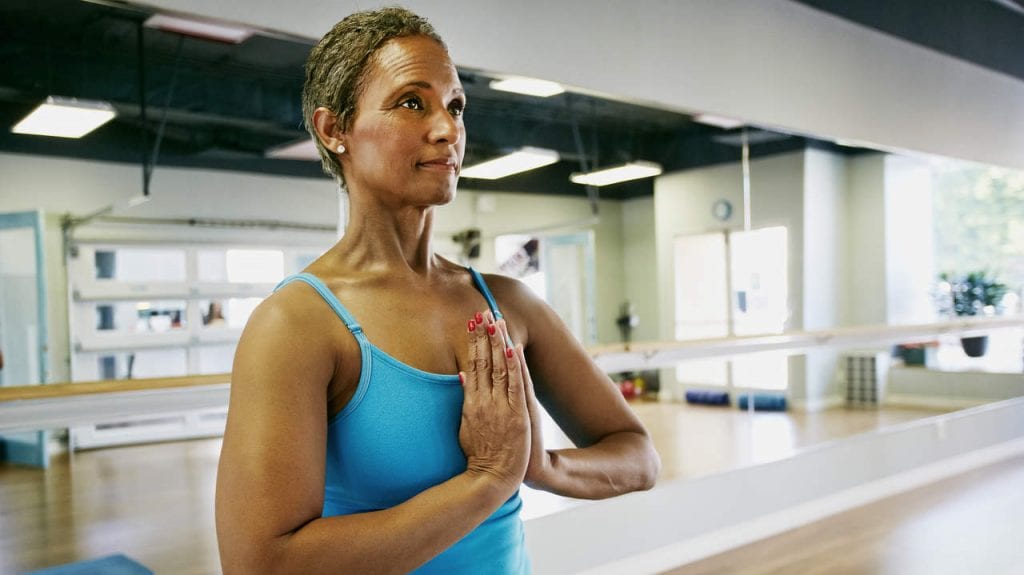
Something that personal trainers regularly see is that clients in their 40s come in saying that their exercise has suddenly stopped giving results. Even if you have been a model of physical activity for years, they say, you have to switch it up.
An excellent idea for the kind of regime you can take up in this period of your life is some form of cross-training. Take inventory of what you have been doing so far and match it with something complementary to make a balanced new routine. For example, if you are active in a high impact sport like basketball, try balancing it out with the rower or some other kind of low impact cardio workout.
How do you need to exercise past your 50s?
Finally, after all the bone and muscle mass building, and all the elasticity training and all the variable cardio, the years in your fifth and sixth decades of life (and beyond – hey, go for it, gym grandmas are awesome!) are the years in which you should work to maintain your body’s ability to recover from intense activity.
The only way that exercise is good for you is if you have enough time and the right know-how to let your body recover from it. Forcing yourself does you no good. As you grow older, your need for recovery will grow greater as well, so you will need to adjust your exercise routine to that.
Lay the heavy accent on sleeping right, stretching a lot, and give yourself days, instead of minutes, to rest in between intense workout sessions. As for the more active segments of your new routine, push the work onto your brain and your balance center.
Try a new class to keep your gray cells working along with the rest of your system, or even go bold and learn a whole new sport from scratch. Why not! Another thing to consider is getting more involved in balance training. Practice standing on one leg, or consider filtering through some yoga poses and moves that need you to actively balance your body. Also, fitness toys aimed at balancing would make for a useful and fun investment!
So there you go, ladies! We hope you found some of these ideas useful, and that you will keep being the fierce sportswomen that you are even well into your golden years. Take this guide as a template and adjust it to your own lifestyle. Do you already have a plan for your fitness future?





